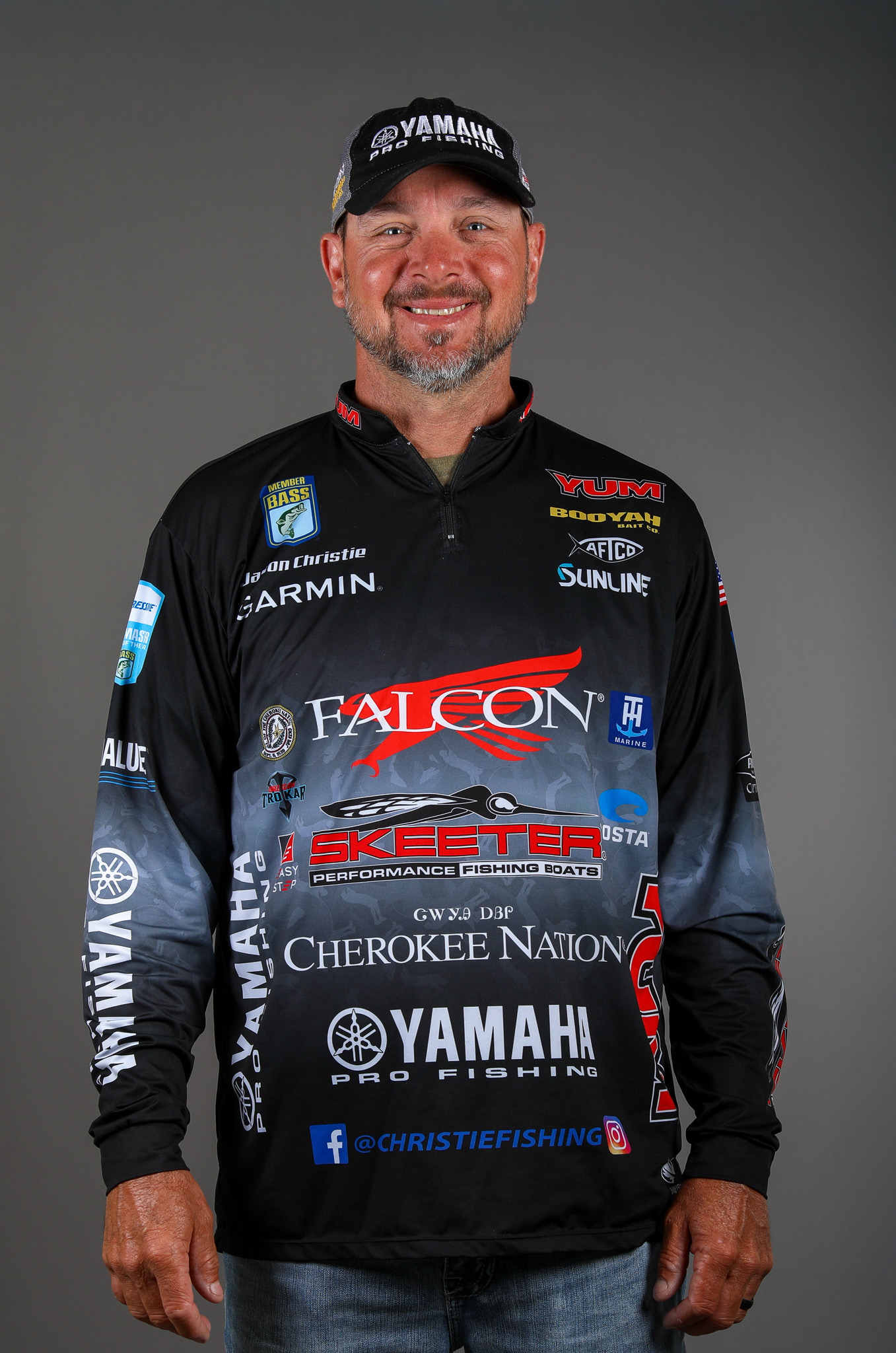You know, they say that quality never goes out of style, but neither does a dependable bait. It seems like as the number of different types of baits increases, the spinnerbait has seen some decline in popularity. But let me tell you that there is no lack in effectiveness.
Back in the day, you had a crankbait, a spinnerbait a jig and some kind of worm. Now, we have a lot of baits that give you a lot more choices. I think we’ve become more versatile, but I always have a spinnerbait tied on in my boat —either on the deck or in the rod locker —no matter where we go.
As I’ve mentioned before, fall fishing is all about covering water and there’s just not a lot of baits that allow you to do that as effectively as a spinnerbait. If you tie on a crankbait, you’re pretty much locked into a certain depth. You can tie on different crankbaits but each time, you’re mostly limited to how deep that bait is made to run.
But I can tie on spinnerbait, and on the same cast, I’m able to change the depth of that bait. A lot of times in the fall, I’ll throw that bait up on the bank and fish it kind of quickly and then get it out there and slow roll it.
You may come down a log and that bait allows you to do whatever you need to. I’ve seen the fish’s preferences change during the day where at the beginning they want it faster and then they go to wanting it down deeper and then just slow rolling it on the bottom.
The thing I like most about a spinnerbait is that it’s a “big fish” bait. My two favorite times of the year to throw a spinnerbait are the spring and the fall when the water’s in that 50-65 degree range. It can be coming up or going down, so we’re getting right back into one of my favorite times to throw a spinnerbait.
There are a lot of different spinnerbait styles for you to choose from, but I keep it simple with a few basic styles. The first is a burner style. When I’m smallmouth fishing, I want something with some small willow leaf blades and something with a lot of weight so I can make long casts and something that I can reel fast.
My choice for smallmouth and clear water is a 3/4-ounce Booyah Spinnerbait with No. 4 willow leaf blades. If you go to a spinnerbait that’s too small, the faster you reel it, the bait blows out. You gotta have something with some weight to keep it down below the surface.
Smallmouth are visual feeders and you want something that’s pretty bright —white, chartreuse or a combination of the two. Smallmouth are kind of the opposite of largemouth. With largemouth, I’ll try to throw shad colors, but with smallmouth I just try to throw something they can see.
If I fish in some off-color water, or some really cold water —under 60 degrees —I’ll go to Colorado blades. That’s when I want to slow roll it and really feel that vibration of the blades.
When I go with Colorado blades, I use multiple combinations of sizes. I go from a No. 3 1/2 to 4 1/2 size blade, all the way up to a 4 in the front and a 6 or 7 in the back. And if I’m seeing a lot of big shad, I like waking a spinnerbait with one big Colorado blade.
In semi-clear water that’s still pretty warm, I’ll use a spinnerbait with a combination of a Colorado and a willow leaf blade.
Now, here’s something to consider: In the fall, a lot of lakes are full of leaves. Whenever the wind blows, huge numbers of leaves come falling to the water.
It’s hard to throw a crankbait through these leaves, but a spinnerbait is something you can throw and you don’t have that much problem with it because it’s kind of weedless.
I think when you look at the versatility of a spinnerbait and all the different combinations of size, color and blade selection, you can see why I put so much faith is this bait.





